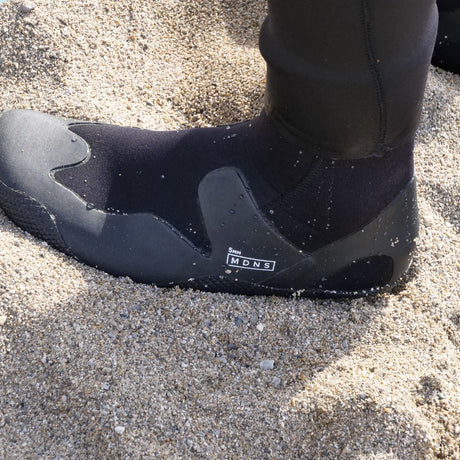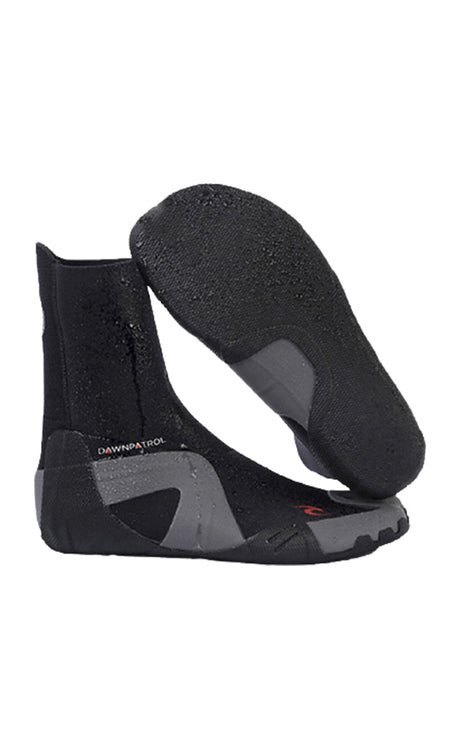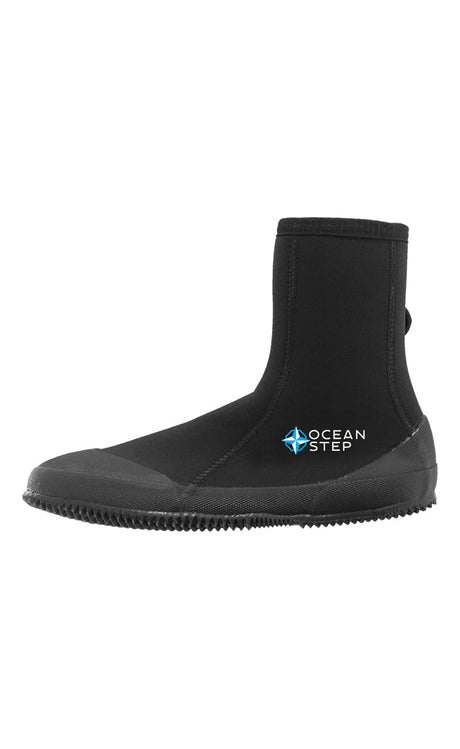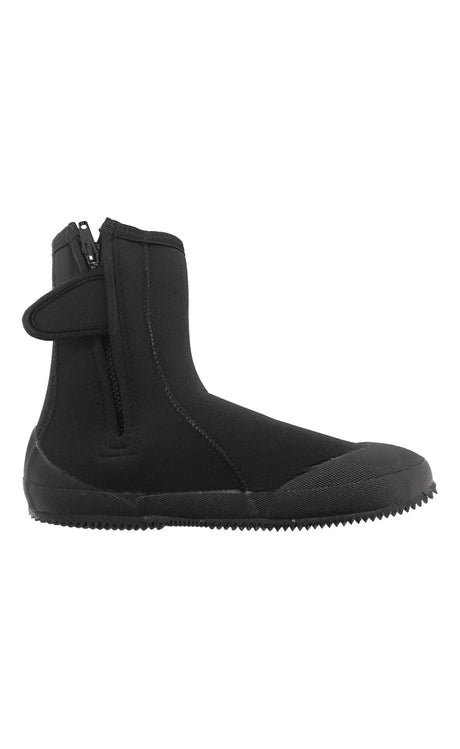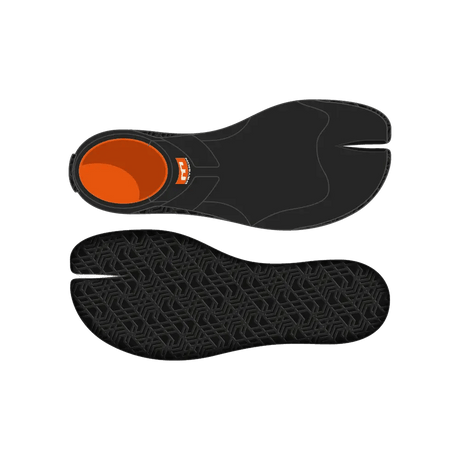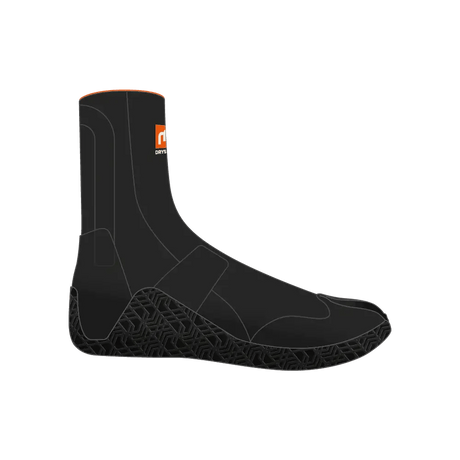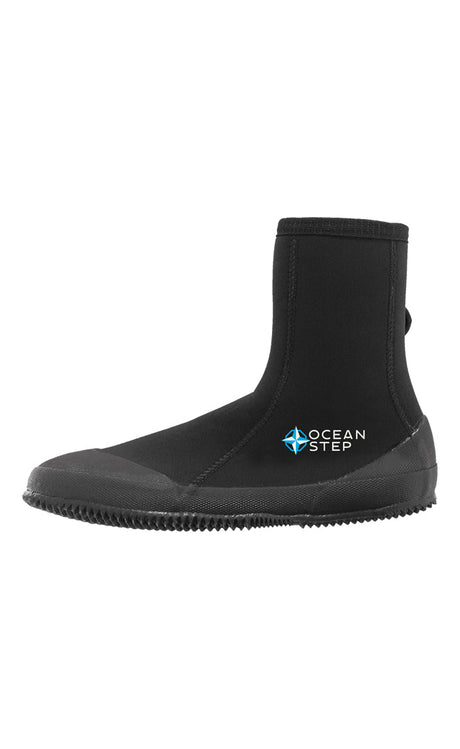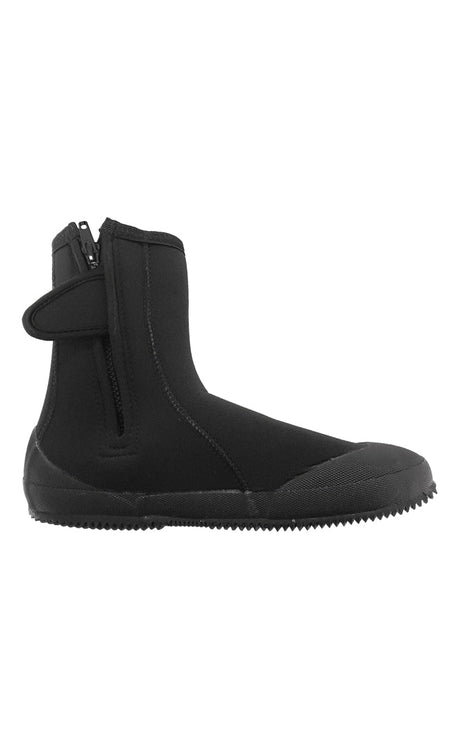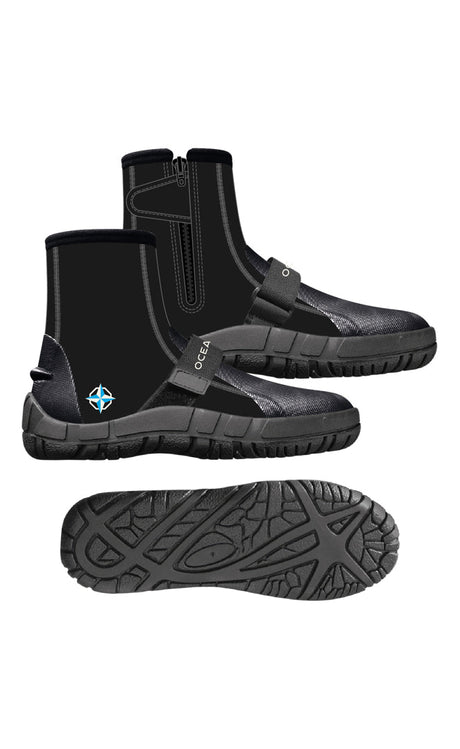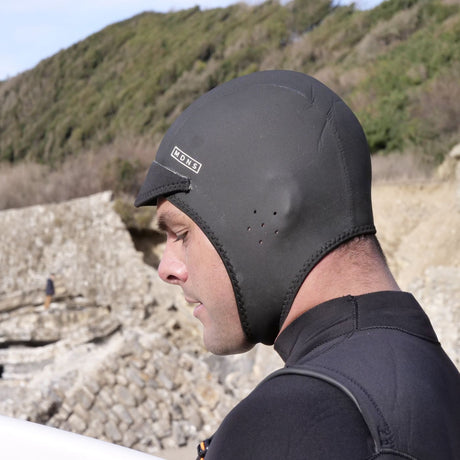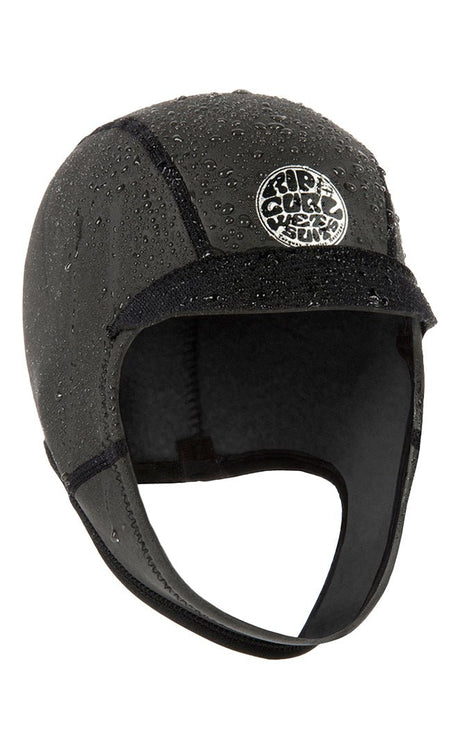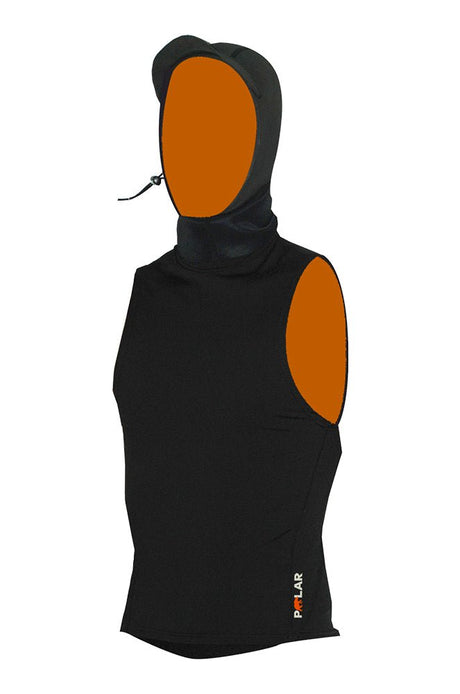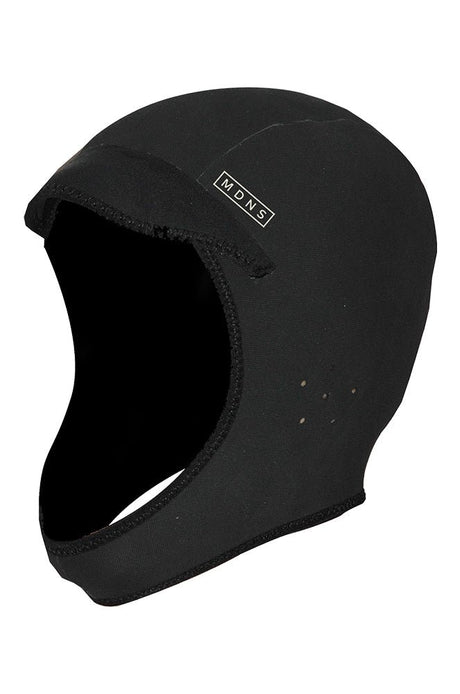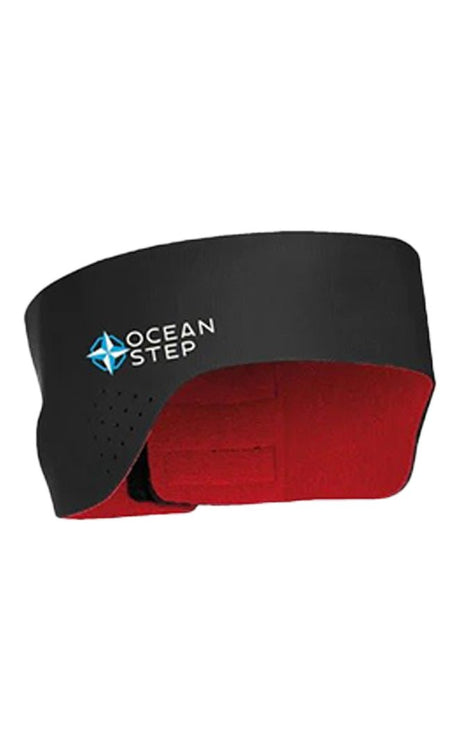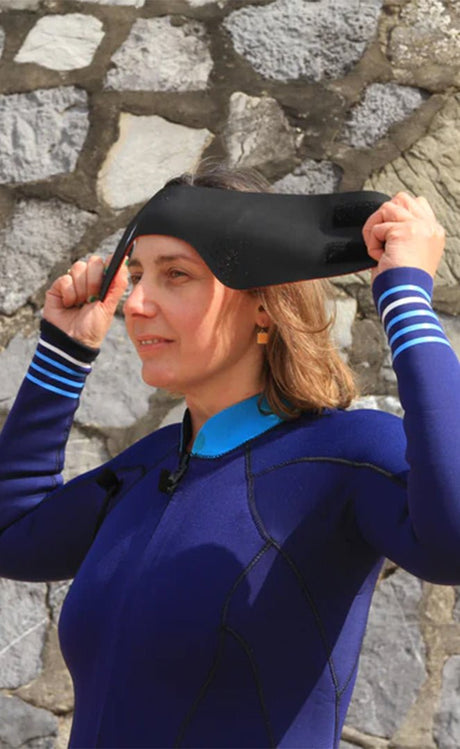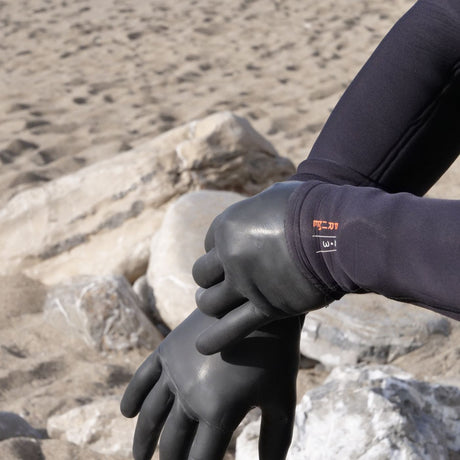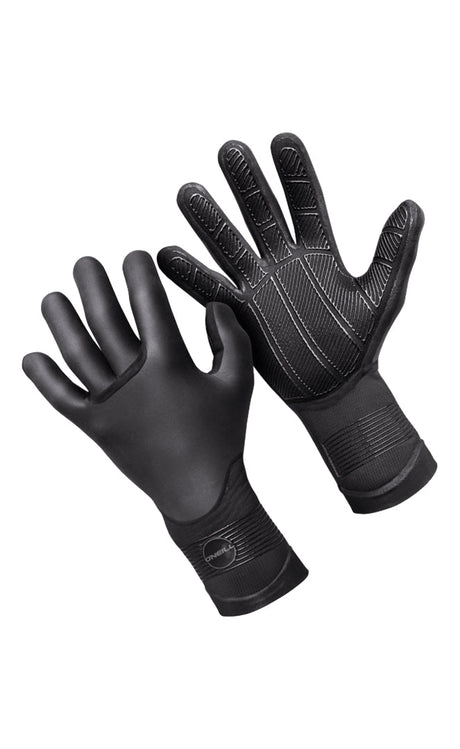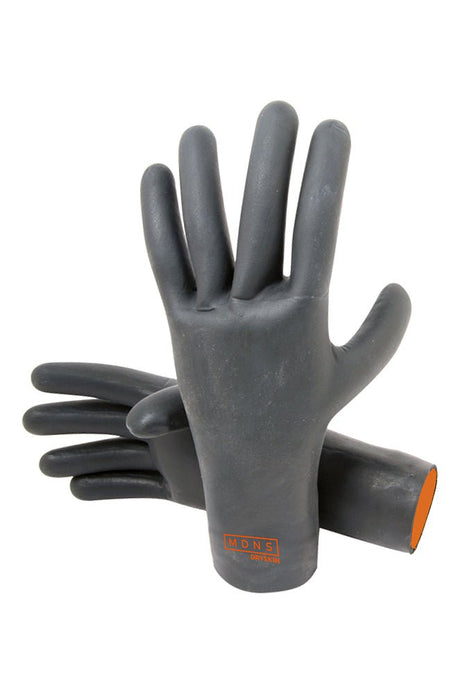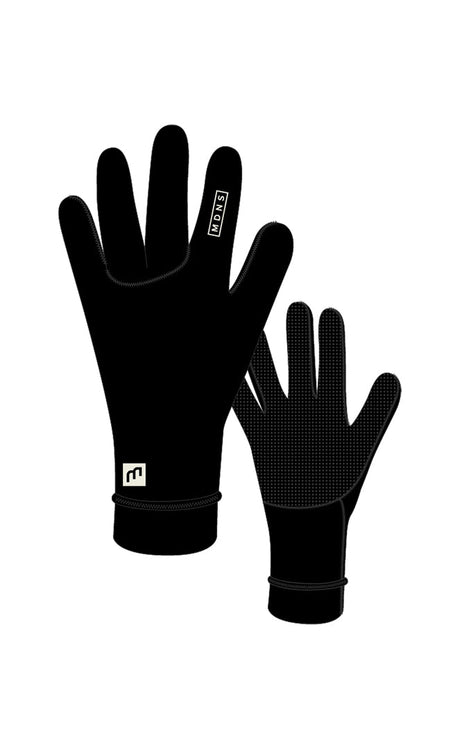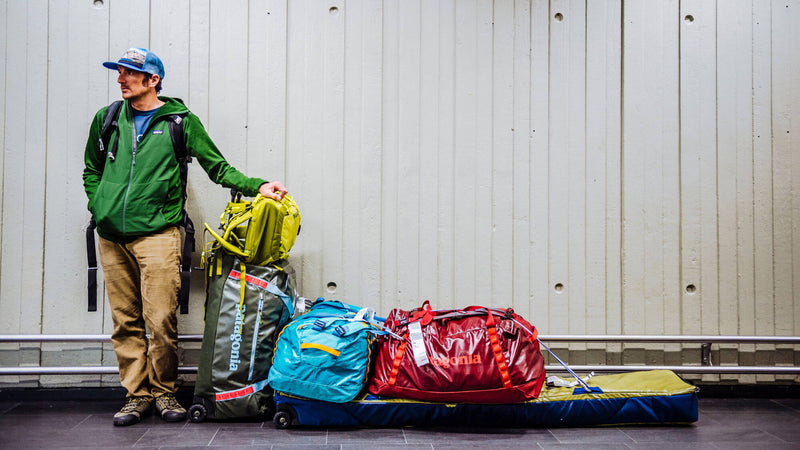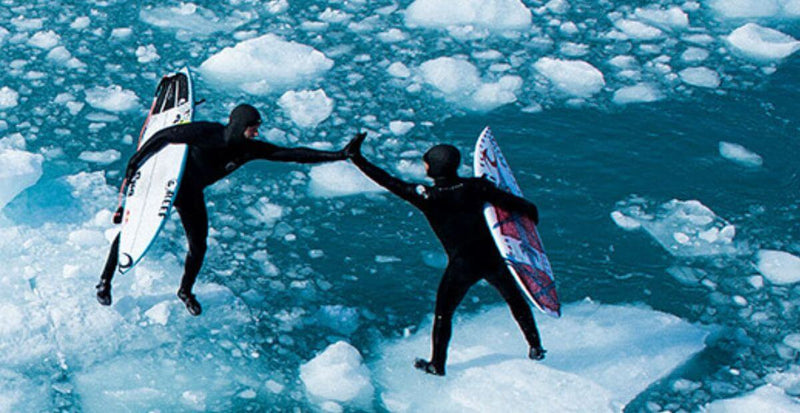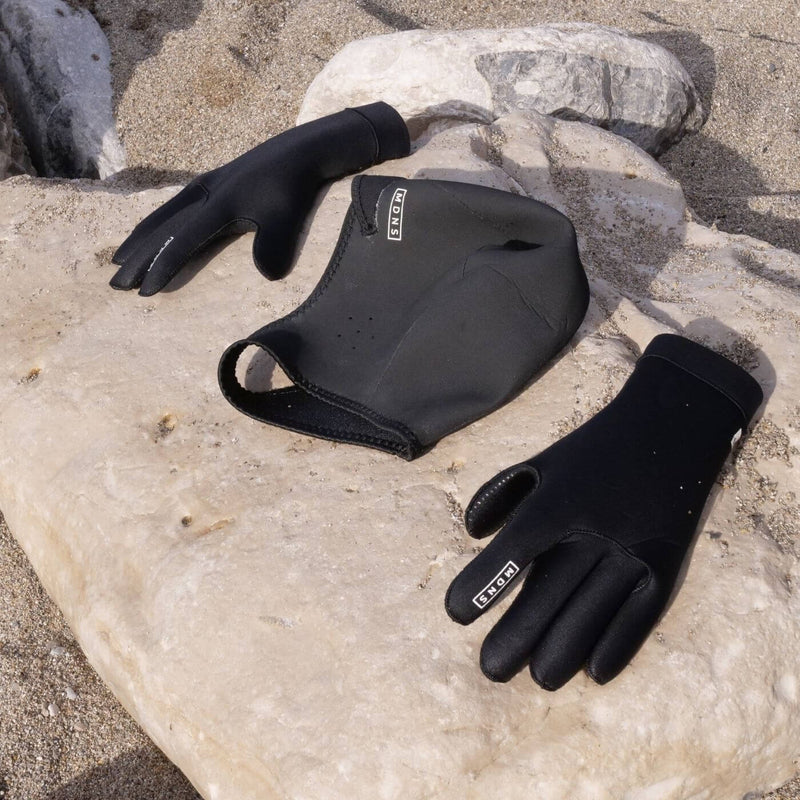Surfing is an exciting and refreshing activity, but when water temperatures drop, it is essential to stay warm to fully enjoy your session. For this, you need the right equipment, including booties, gloves, and a surf hood suitable for cold water. In this buying guide, we will explore the factors to consider to choose this equipment wisely.
Surf Slippers for Cold Water
Material and Thickness
Cold water surf booties are designed to keep your feet warm and protect them from the elements. Neoprene material is the standard for these booties, but you will also need to consider their thickness. Booties typically range between 3 mm and 7 mm in thickness.
- 3 mm : Suitable for relatively fresh waters. Ideal for spring and autumn.
- 5 mm : Suitable for colder waters. Perfect for winter and icy waters.
- 7 mm : For extremely cold conditions, like winter in the Arctic.
Cut and Close
The cut of the slippers is crucial for comfort and waterproofing. You can choose between different cuts, including:
- Low-Top : Offers great mobility and is ideal for surfing in summer or in less cold waters.
- High-Top : Rise higher on the leg, offering better thermal protection.
Also make sure that the slippers have a reliable closure, such as a Velcro strap or a zipper, to prevent cold water from getting in.
Soles and Grip
The soles of surf booties must be sturdy to protect you from rocks and shells. Look for soles made of vulcanized rubber for maximum durability. Additionally, good grip on the board is essential to avoid slipping, so make sure the booties have a non-slip texture on the sole.
Cold Water Surf Gloves
Material and Thickness
Just like booties, cold water surf gloves are made of neoprene, but the thickness varies depending on the surfing conditions.
- 3 mm: Suitable for warmer waters in autumn and spring.
- 5 mm: Ideal for winter when the waters are colder.
- 7 mm : For extremely cold conditions.
Cut and Close
Surf gloves are available in different cuts, including full-finger gloves and three-finger gloves. Full-finger gloves offer better insulation, while three-finger gloves provide better grip on the board.
The closure is also important to prevent cold water from entering. Look for gloves with a Velcro closure or a zipper closure.
Flexibility and Mobility
The flexibility of the gloves is essential for good grip on the board and a good tactile sensation. Make sure the gloves allow you to bend and move your fingers easily. Mobility is essential for surfing.
Surf Hoodies for Cold Water
Material and Thickness
Surf hoods are also made of neoprene, but their thickness varies depending on the surfing conditions.
- 3 mm: Suitable for warmer waters in autumn and spring.
- 5 mm: Ideal for winter when the waters are colder.
- 7 mm : For extremely cold conditions.
Cut and Fit
The cut of the hood must be adjusted to fully cover the head, neck, and part of the face. Make sure it is equipped with drawstrings for a secure and tight fit.
Comfort and Visibility
The balaclava must be comfortable to wear and not limit your vision. Look for a balaclava with openings for the eyes and a visor to prevent water from getting into your eyes.
Additional Tips for Choosing Your Cold Water Surf Gear
- Try them before you buy: If possible, try the slippers, gloves, and balaclava to make sure they are comfortable and fit you.
- Consider the brand: Reputable surf gear brands, such as Rip Curl, O'Neill, Quiksilver, and Billabong, are known for their quality and durability.
- Maintain your equipment: Rinse your booties, gloves, and hood with fresh water after each session to remove salt and sand that can damage them.
- Invest in quality: When it comes to staying warm in cold water, it is important not to compromise on quality to save money. Quality equipment will ensure you a better surfing experience.
- Check user reviews: Before buying, read online reviews to get an idea of what other surfers think about the products you are considering.

